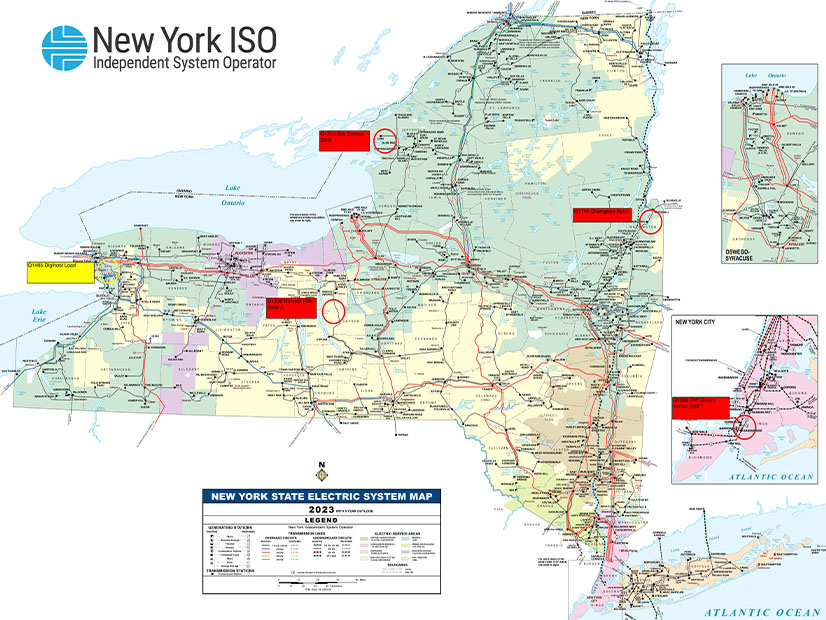Ancillary Service Manual Updates
NYISO’s Business Issues and Operating committees met last week to discuss and vote on updates to the ISO’s Ancillary Services manual. Both committees approved the proposed revisions unanimously.
The revisions consist of changes to the Voltage Support Service section of the manual. “Qualification Package” was given its own subsection with clarifying language under Section 3.2, and “Identical Treatment Units,” “Testing Periods” and “Testing Coordination” were broken out into their own subsections under Section 3.6.
SIS for Cryptomining Expansion
The committee also unanimously approved the system impact study scope of a project to expand Digihost Technology’s cryptocurrency mining facility in North Tonawanda.
The facility has drawn fire from local residents for noise and air pollution. On July 16, two days before the OC’s meeting, the city’s Common Council approved a two-year moratorium on new data center operations and the expansion of existing facilities.
The controversy did not come up during the committee’s meeting. Digihost has proposed an in-service date in December, according to the scope.
The OC also approved five interconnection study reports, most of which were for solar and wind projects.
Market Reports for June
Rana Mukerji, NYISO senior vice president of market structures, presented the BIC with the monthly market performance report for June.
The average locational-based marginal price was $39.68/MWh, exceeding both May’s $28.36/MWh and the $29.85/MWh for June 2023. Day-ahead and real-time load-weighted LBMPs were higher compared to the previous month. The average daily send-out of 455 GWh/day also is up from last month and the year before. And the average year-to-date monthly cost of $40.78/MWh is 4% higher than last year’s.
Aaron Markham, NYISO vice president of grid operations, presented the OC with the monthly operations report. He said high temperatures in June resulted in higher-than-average demand for the month.
“Peak load was mitigated by demand response activations,” Markham said. “The heat moved through the state. It was hotter upstate early in the period, and then the heat moved downstate. Not having simultaneous high temperatures across the state mitigated the peak load.”
Peak load for the month occurred June 21 at 28,245 MW, about 90% of the baseline forecast, Markham said.



